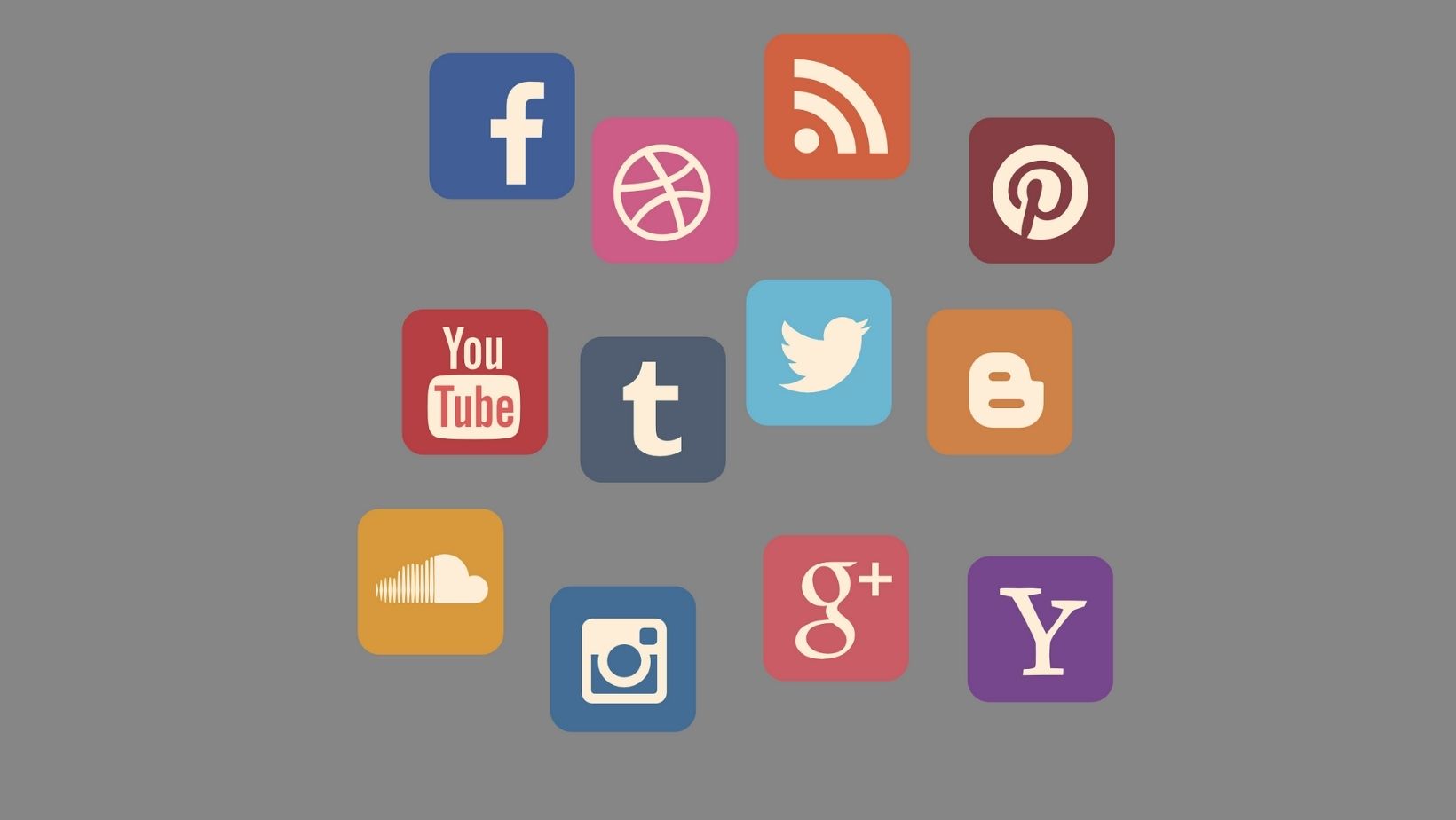
Study Declares No Association Between Social Media Interactions and Actual Content Consumption
In our digital age, the rules of the game are always changing. This is arguably most evident in the fluctuating landscape of social media engagement and its effects on content readership. For several years, the important correlation between social media interactions (likes, shares, or comments) and genuine content consumption (actual readership) has been dominantly considered a litmus test for audience interest. However, a groundbreaking report from Memo reveals that this might not be the case.
The landscape of social media is continuing to evolve. The algorithms that dictate the visibility and engagement of content have changed, with platforms making concerted efforts to decentralize news content to curb the spread of misinformation. Consequently, how consumer interest is gauged through social media metrics is also going through a transformation.
To shed light on these changes, an investigation was carried out, probing the connections between social media interactions, actual readership, and overall consumer interest. Using Memo's proprietary research comparing social media engagement and article readership, the study sought to detail how much these dynamics have shifted.
To understand just how seismic the changes have been, Memo analyzed 26,000 news articles that spanned a variety of topics and industries, between January 20 and February 20, 2024. The analyzed data unearthed some significant insights:
Contrary to what many of us would like to believe, the study found no particular correlation between social media engagement and content readership. This was determined by studying the correlation coefficient between social engagement (total reactions, comments, shares) and readership (unique visitors to news articles).
A coefficient of 1 indicates a perfect positive correlation, while 0 denotes no correlation. The research determined that the correlation coefficient between social engagement and readership was a mere 0.17, waterproofing that there is no clear link between the two. The study found that social media contributes less than 1% of the readership of most news articles.
When the landscape veered towards crises—befitting categories like politics, sports, athletics, mass shootings, or major brand crises—the numbers did present a slight deviation from the norm. In these cases, the correlation coefficient increased to a moderate level; 0.33 for politics, 0.36 for sports & athletics, and 0.49 for crises.
Nonetheless, this moderate link should be regarded with prudence. It’s advisable to assess how many people are truly digesting the news cycle before acting based on social media chatter.
The analysis additionally incorporated a gauge of social engagement relative to positive and negative articles. The findings cemented an unsurprising truth about digital behavior—the internet thrives on negativity. Despite there being a higher volume of positive coverage, socially engaged response rates were higher for negative articles. Here too, the correlation was moderate (0.49) but nothing significant enough to base important decisions on.
To wrap up, the findings are especially pertinent for those relying heavily on social media to measure the success of their content strategies.
Whereas social media once seemed like the most effective medium through which to extend the reach of your content, its influence now appears to be waning. It's become glaringly evident that we can no longer consider social media engagement as a reliable indicator of genuine news engagement.
Even in situations driven by crises where the correlation seems slightly more substantial, it would be imprudent to stake your brand's reputation on a meager correlation score of 0.49.
This research underscores the need for alternative, more reliable metrics to measure consumer interest and engagement with news content. For PR teams and content marketers, this presents an opportunity to explore these alternate avenues, and perhaps, to reimagine the ways we measure digital engagement and content success.
With this new understanding, it's time to reevaluate how we define and measure content consumption and engagement. It's not about the number of shares, likes, or comments, but about the actual reading and understanding of the content. In the end, genuine audience interest and interaction is what truly counts.
The seismic shifts in the social media landscape are undoubtedly changing the course of digital marketing. The onus is now on us to keep up and adapt our strategies to align with evolving realities. As the age-old saying goes, “Change is the only constant.” This has never been more accurate than in the present digital world.
